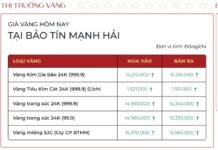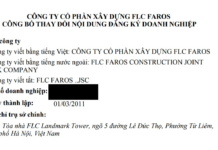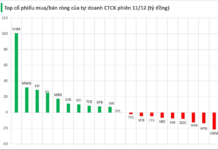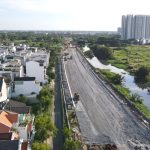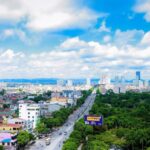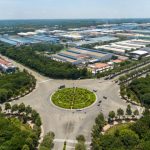The plan for Quang Ninh province’s urban development entails the formation of an inner urban area, comprising interconnected cities. These cities, including Ha Long, Quang Yen, Uong Bi, Dong Trieu, Cam Pha, Van Don, and Mong Cai, will be linked by advanced technical infrastructure such as urban public transportation and information and communication technology infrastructure. The goal is to invest in and improve the economic and social infrastructure and technical standards of these cities to meet the criteria of a first-tier city by 2030.
Regarding the other towns in Tien Yen, Dam Ha, Binh Lieu, Ba Che, and Co To districts, they will continue to be invested in and developed according to Decision 241/QD-TTg of the Prime Minister.

Quang Ninh will be a city with a unique model. Photo: Hoang Duong
According to the province’s urban development program until 2030, Quang Ninh has the potential to meet the criteria of a centrally governed city, and it aspires to achieve the relevant economic and social development standards. Additionally, the province aims to develop its urban areas to meet the criteria of a first-tier city.
To achieve the criteria of a first-tier city, Quang Ninh province should pay attention to the population density criterion. Due to natural conditions, the province’s overall population density may not meet the required criterion. However, the population density criterion for the inner city area, calculated based on the urban built-up area, is essential and achievable if development is focused and concentrated rather than spread out.
Currently, Quang Ninh has 13 urban areas, including one first-tier city directly under the province, three second-tier cities, two third-tier cities, two fourth-tier cities, and one fourth-tier town. Additionally, there are four fifth-tier towns, two coastal economic zones, and three border-gate economic zones. The province’s urbanization rate has reached an impressive 67.5%.
Vietnam’s largest province, yet still feels like a ‘tight-fitting shirt’, population of the dependent cities set to expand almost fourfold.
The Deputy Minister of Construction stated that currently, Nghệ An province is like a tight-fitting garment in terms of development. Changing the functions of urban areas will contribute to the economic and social development, not only for Vinh City but also for the entire region.










